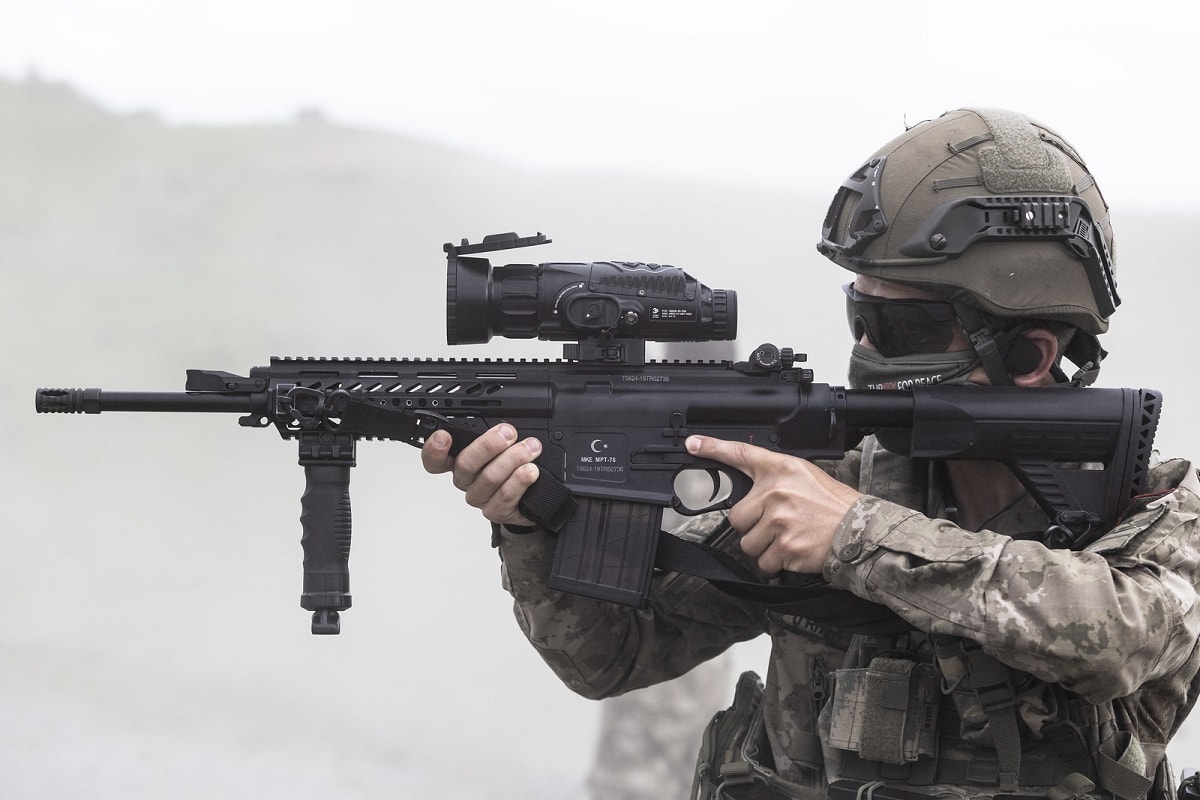While the 2021 Tokyo Olympic Games are still weeks away, on the other side of the world a very different type of games were conducted.
Military service members and assets from eleven NATO member countries took part in Steadfast Defender 21 (STDE 21), a massive exercise that was held throughout the Atlantic, Europe and Black Sea regions. The recent military drills raised concerns with Russia, but NATO officials have maintained the games weren’t aimed at Russia.
The first part of STDE 21 involved some sixteen ships that engaged in a multi-domain, multilateral, joint military exercise that involved extensive sea and air control events. The United States Navy’s Second Fleet (C2F) served as the Maritime Component Command (MCC) in tactical control of assigned units during the exercise and employed maritime forces that were ready to fight across multiple domains to ensure access, deter aggression, and defend U.S. and partner interests.
C2F and Joint Force Command Norfolk established a system-agnostic approach to effectively command, control, and communicate with fellow NATO partners on a common network, specifically, the NATO Secret Wide Area Network (NSWAN).
“One of the main goals of this exercise, from a communications perspective, was to enhance interoperability with our NATO allies and partners and demonstrate our dedication to the alliance,” said Lt. Cmdr. Anthony Murphy, C2F communications officer via a statement. “This meant that we needed to overcome communication barriers and establish access to NSWAN, while reducing the amount of national system use during a multinational mission.”
A key focus of the first phase of the exercises was also to determine how to best protect the undersea cables that carry masses of commercial and communications data between the U.S. and Europe. NATO has said that Russia has been mapping the cables’ routing and might have darker intentions, according to a report from the MilitaryTimes.
“We all lulled ourselves into thinking that the Atlantic was a benign region in which there was not anything bad going on, and we could just use it as a free highway,” said U.S. Navy Vice-Admiral Andrew Lewis, commander of one the NATO command center in Norfolk. “There are nations are out there mapping those cables. They may be doing something else bad. We have to be aware of that and answer that.”
Presence in the Black Sea
The NATO exercises also saw some 9,000 troops, multiple warships and dozens of aircraft deployed to the Black Sea. The NATO brass has insisted that it was aimed at Russia specifically, but it comes as Moscow has been accused of blocking the free navigation of ships in the neutral waters.
“NATO is there to defend all our allies, and this exercise sends a message about our ability to transport a large number of troops, equipment across the Atlantic, across Europe and also to project maritime power,” NATO Secretary-General Jens Stoltenberg told The Associated Press while aboard the British aircraft carrier HMS Queen Elizabeth off the coast of Portugal last week.
NATO has also maintained that its policy toward Russia is based on two pillars: strong military deterrence and dialogue. Yet high-level meetings between the two historic foes remain rare, and at the same time many European officials warn that Russian Federation President Vladimir Putin has turned increasingly authoritarian while he continues to distance himself from the West.
“We’re ready to sit down with Russia, because we think it’s important to talk, especially when times are difficult,” Stoltenberg added. “The main challenge now is that Russia has not responded positively to our invitation, or our initiative, for a meeting of the NATO-Russia Council.”
Peter Suciu is a Michigan-based writer who has contributed to more than four dozen magazines, newspapers and websites. He regularly writes about military small arms, and is the author of several books on military headgear including A Gallery of Military Headdress, which is available on Amazon.com.

